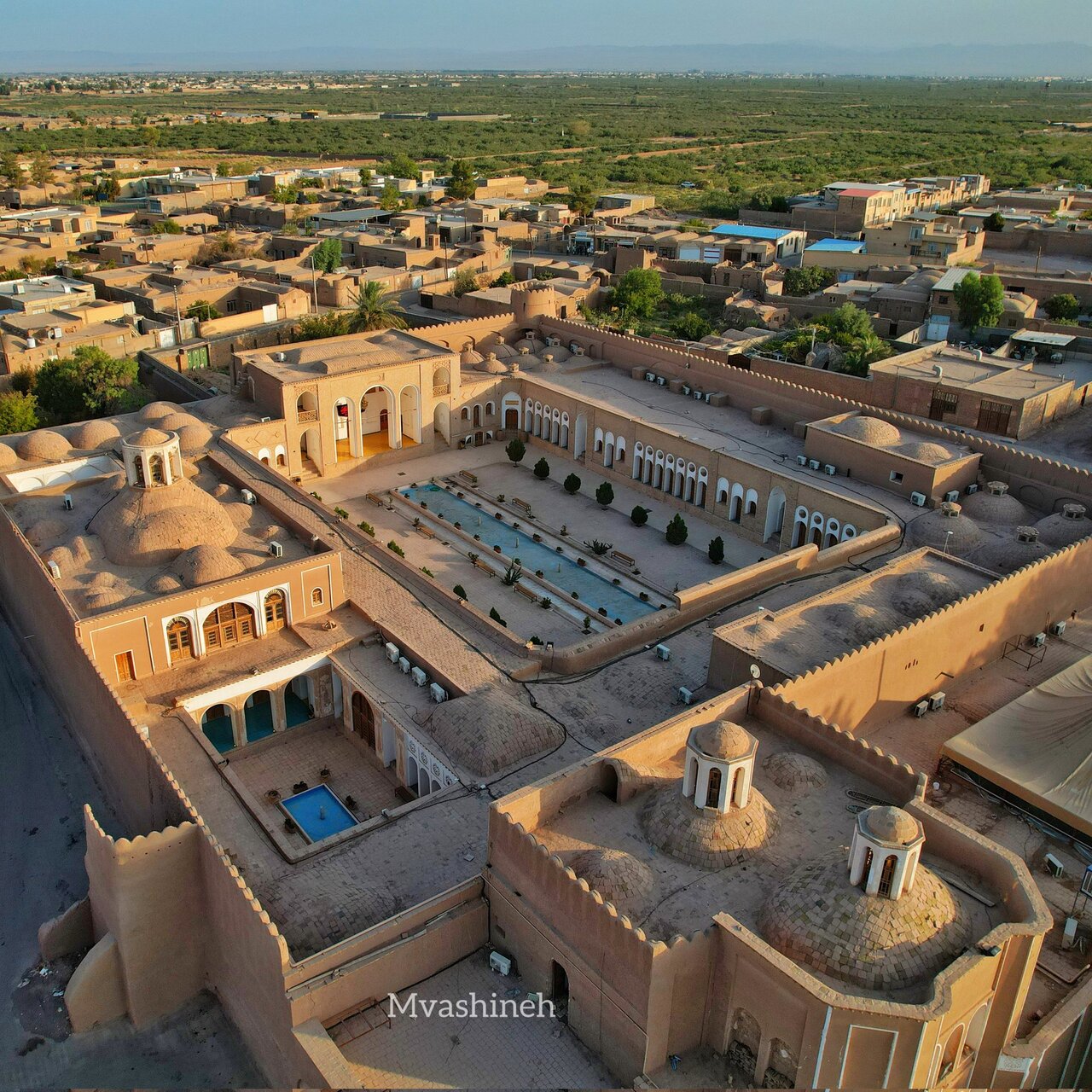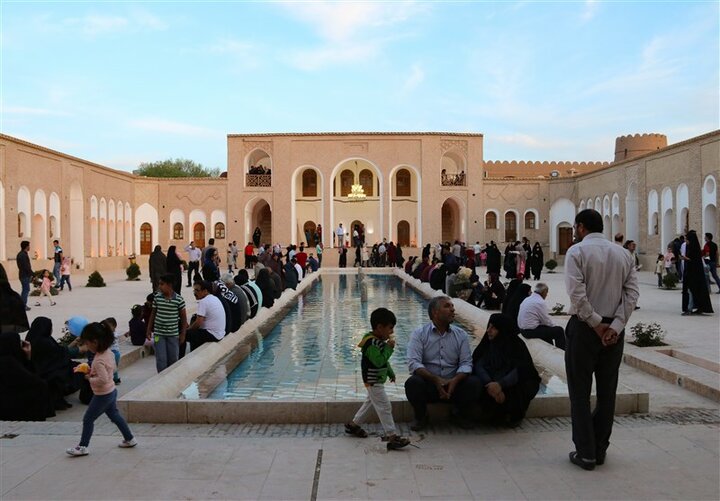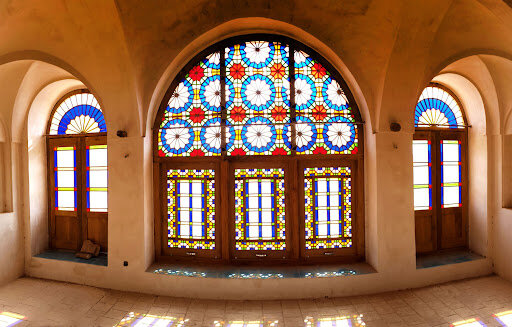Haj Agha Ali’s house: a glimpse into Iran’s architectural heritage

TEHRAN - Located near Rafsanjan in Kerman province, southern Iran, Haj Agha Ali’s house stands as one of the largest and most striking adobe residences in Iran, attracting visitors with its grandeur and intricate design.
Constructed in the late Qajar era by Haj Agha Ali, also known as Zaeim-Allah Rafsanjani, a prosperous 19th-century merchant, the house reflects the wealth and social prominence of its owner. Trading goods across Iran and beyond with countries like China and India, Haj Agha Ali’s thriving business enabled him to construct this extraordinary estate among several others.
The house, often likened to an adobe palace, exemplifies traditional Iranian desert architecture. Designed for seasonal use, each side of the central courtyard contains rooms and halls tailored to specific seasons. The house features exquisite interior plasterwork, while its exterior boasts symmetrical patterns of neatly arranged bricks.

Visitors also witness influences from Western architecture, which began to surface during the Qajar period, adding layers of cultural fusion. Some people describe the building’s style as a blend of Iranian, Roman, Greek, Indian, and European architectural elements.
Built with climate-sensitive principles, the structure maintains an introverted layout, enclosed by high stratigraphic walls. This “four seasons” house comprises 86 rooms, including the Haftdari, Panjdari, Sedari, and Pastoo, each offering distinct purposes. Seasonal spaces such as the spring house, autumn room, winter room, and alcove demonstrate thoughtful architectural planning.
Beyond the house, the larger complex includes essential amenities of the time: a mosque, caravanserai, water storage with decorative brick and ceramic work, a bathhouse, and an ice house. These features transport visitors back to a bygone era of self-sustained living.

The soaring domes, elegant arches, intricate moldings, and towering pine trees within the complex make Haj Agha Ali’s house a captivating destination for tourists.
The property offers not only an architectural masterpiece but also an opportunity to experience the legacy of a wealthy merchant’s life during the Qajar era.
Kerman province has been a cultural melting pot since antiquity, blending Persians with subcontinental tribal inhabitants. It is home to myriad historical sites and scenic landscapes, such as Bazaar-e Sartasari, Jabalieh Dome, Ganjali Khan Bathhouse, Malek Jameh Mosque and Shahdad Desert to name a few.
AM
Leave a Comment